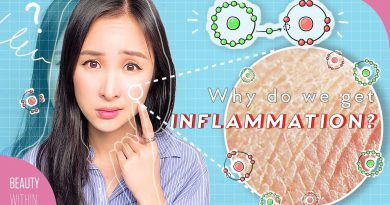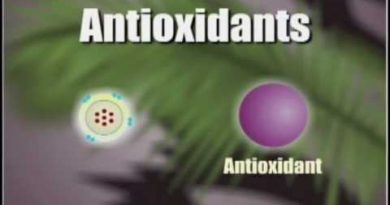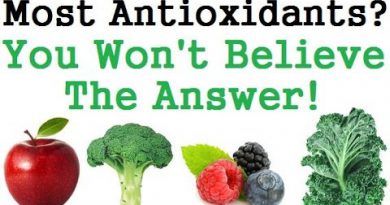Choosing antioxidants for therapeutic intervention, with Dr Nina Bailey
The imbalance between free radical production and endogenous antioxidant defence may result in cellular oxidative stress, causing oxidative damage to various cellular components, such as DNA, proteins and membrane lipids. The human system employs the use of endogenous enzymatic and non-enzymatic antioxidant defence systems against the onslaught of free radicals and oxidative stress.
Unsurprisingly, oxidative damage has been implicated in and is believed to be a key factor causing various pathological conditions, such as cardiovascular disease, neurodegenerative disease, diabetes and cancer. Free radicals can be quenched through a number of mechanisms. Antioxidants directly scavenge free radicals (e.g., via hydrogen atom transfer or electron transfer), prevent free radical formation by chelating metal ions and by interrupting the radical chain reactions of lipid peroxidation, thus retarding its progression. Enzymatic antioxidants include superoxide dismutase, catalase, glutathione peroxidase and glutathione reductase. Non-enzymatic antioxidants include vitamins A, C, and E, glutathione, alpha-lipoic acid, carotenoids, and coenzyme Q10. Other antioxidants include polyphenols, minerals (copper, zinc, manganese, and selenium), and cofactors (B-vitamins). Together, antioxidants work synergistically with each other using different mechanisms against different free radicals and stages of oxidative stress.
The benefits associated with antioxidants are numerous and diverse but it can be a minefield when choosing the appropriate antioxidant support for clients. In this hour-long webinar, Dr Nina Bailey discusses the direct and indirect benefits and actions of key antioxidants including (but not limited to) astaxanthin, alpha lipoic acid, polyphenols and co-enzyme Q10, with a focus on:
-Antioxidant sources and benefits
-Mechanisms and actions
-When to combine antioxidants for synergistic effects
-Overcoming bioavailability issue
-Targeted intervention, which antioxidant(s) and why





